There are quite a few things that need to be full to look good.
Your hair, for instance. No one likes bald spots. A plate of food is always better without an obvious open section where mashed potatoes should be. The carpet in your family room looks much better without holes cut out of it. And, of course, your lawn has a much nicer, curb-appealing quality when it’s not full of bare spots and discoloration.
In fact, you might be wondering as you stare at a few open areas in your lawn, “Will grass spread to bare spots?”
We hate to tell you this, but just like most of the examples above, the holes don’t always fill themselves. It takes some assistance to fix those open areas and get your lawn looking whole again.
Let’s talk about how to fill in bare spots in grass and once and for all answer the question, “Does grass naturally fill in bare spots?” This way, you can make sure your lawn looks good all year long.
Does Grass Naturally Fill in Bare Spots?
Northern Virginia homeowners are always wondering, “Will grass spread to bare spots?”
And we think we should finally reveal that answer to this burning question: It depends.
What does it depend on? The type of grass you have in your lawn.
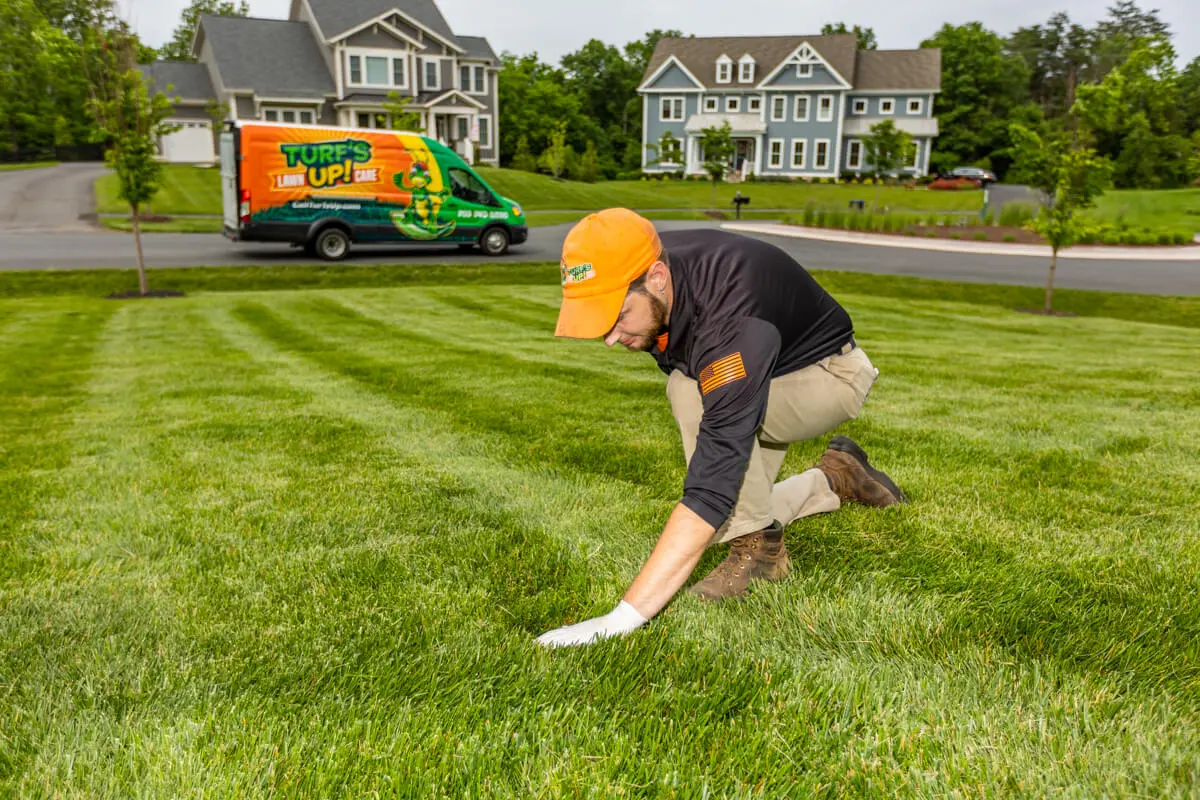
The way grass spreads depends on what kind of grass you have. First, let’s talk about rhizome and stolon grasses. Rhizome grasses grow by root systems that spread underneath the soil, while stolon grasses spread by root systems above the ground that creep along the surface.
In Northern Virginia, turf-type tall fescue is the best grass type for home lawns. It has the deepest root system of the different cool-season grasses that grow here, which means it can pull water from deeper in the soil and resist drought and heat stress.

Turf-type tall fescue is actually another type of grass called a bunch-type grass. This means it doesn’t develop rhizomes or stolons but instead grows in clumps and spreads through vertical shoots or tillers from the base of each grass plant.
When it comes to tall fescue, does grass naturally fill in bare spots? It can but it’s not in a rush, especially if your spots resulted from dog urine or lawn disease or even an accident with the mower. Weeds, though, will jump in at a frustratingly fast speed.
So what’s best for you to do is follow some important steps for filling in those bare spots on your own. Try these tactics.
Identify the Cause of Your Bare Spots
There are a lot of potential reasons for holes in your perfect lawn, and understanding what's causing them can ensure you are on the right track toward how to fill in bare spots in grass.
For instance, you could have a lawn disease or maybe your dog uses the same spots over and over to use the restroom.
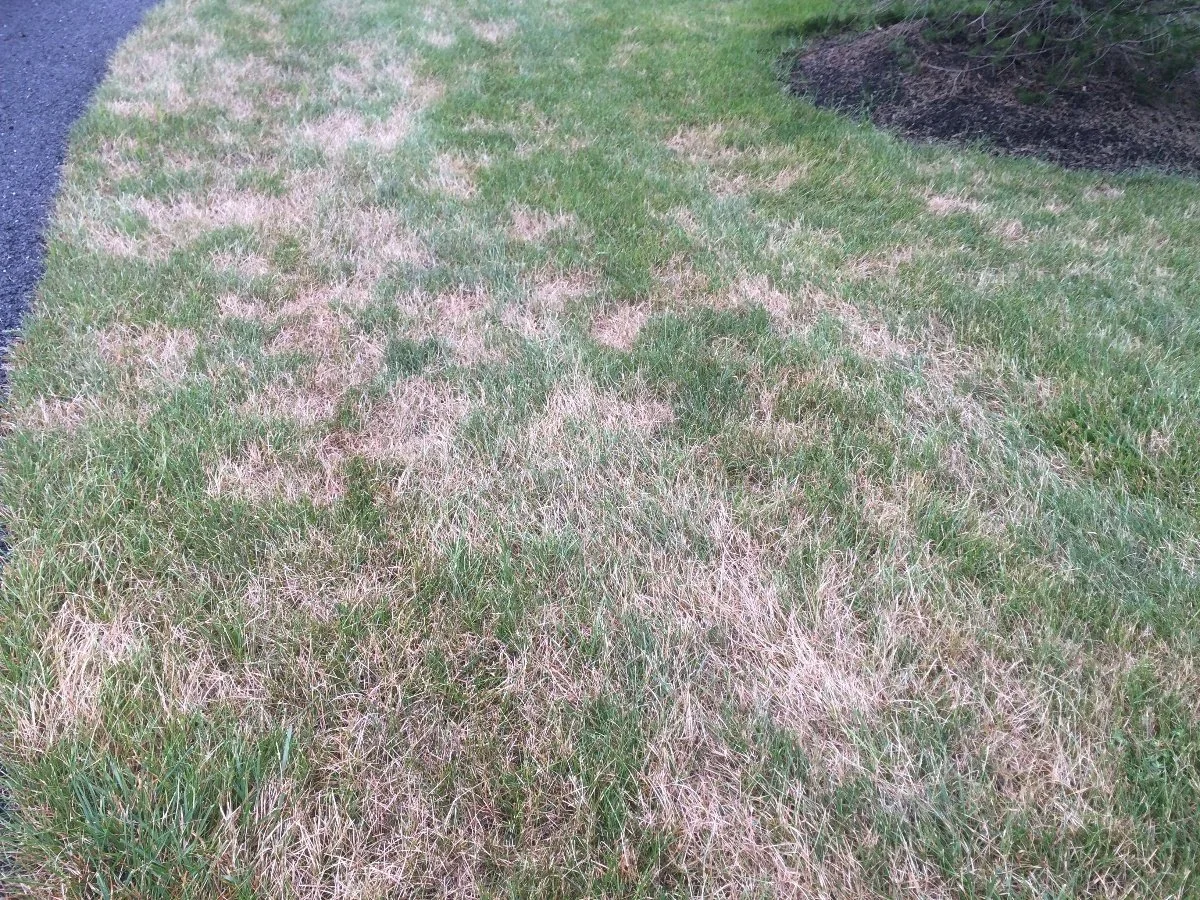
Each of these causes may have different solutions. By having your lawn care professional identify the cause of your bare spots, you can more easily fill them in.
Throwing grass seed down in imperfect conditions certainly won’t do you much good.
Make Sure Conditions Are Good
When it comes to how to fill in bare spots in grass in Northern Virginia, you want to make sure you have the right conditions, namely proper sunlight and airflow.
Most grasses need at least four hours of direct sunlight to grow and thrive.
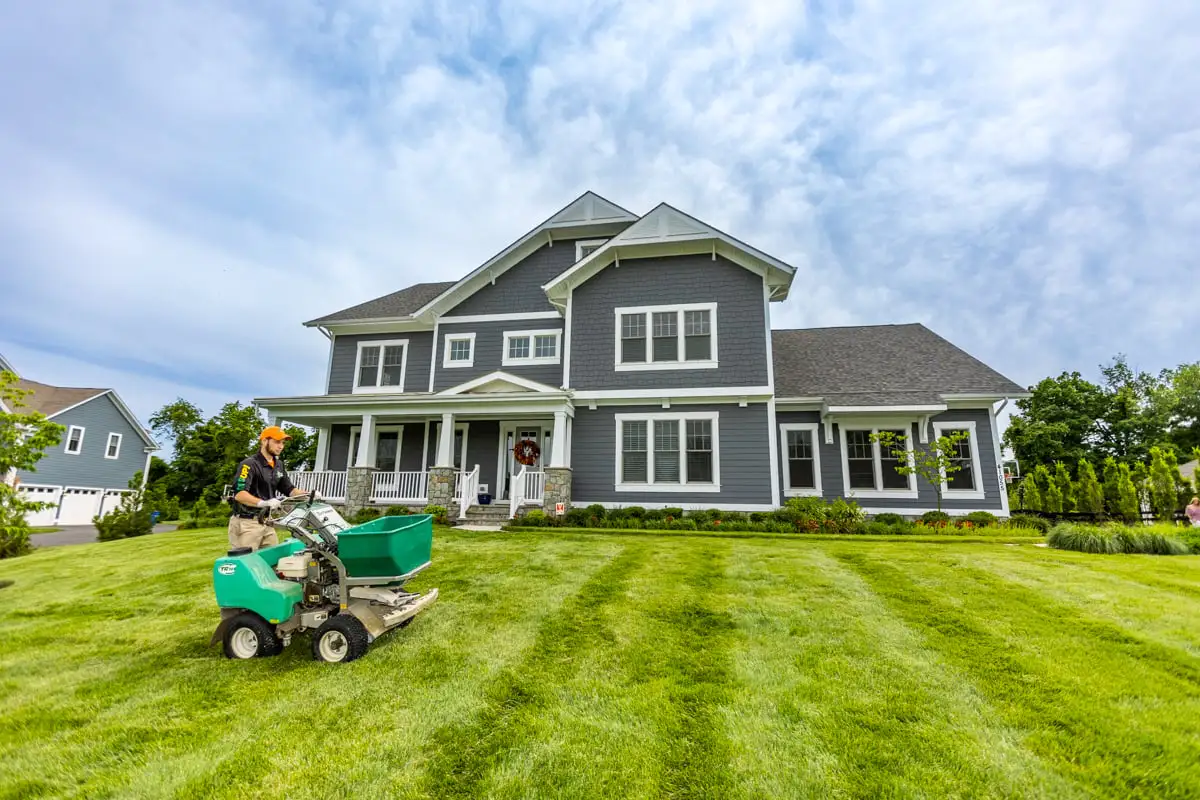
To achieve this in some of the shadier areas of your yard, trimming or thinning trees to let in more sunlight could be a good step to perform before seeding to ensure you can successfully fill in those bare spots.
Plant Seed at the Correct Time of Year
How to fill in base spots in grass also means knowing when the weather is cooperating most to maximize germination.
In Northern Virginia, fall is the best time to fill in bare areas. It reigns supreme over spring because it offers a mix of warm soil, cool air, rain, and just enough time for grass roots to develop before winter arrives. And since fewer weed seeds are present or moving through the air in fall, you suffer less weeds at this time as well.
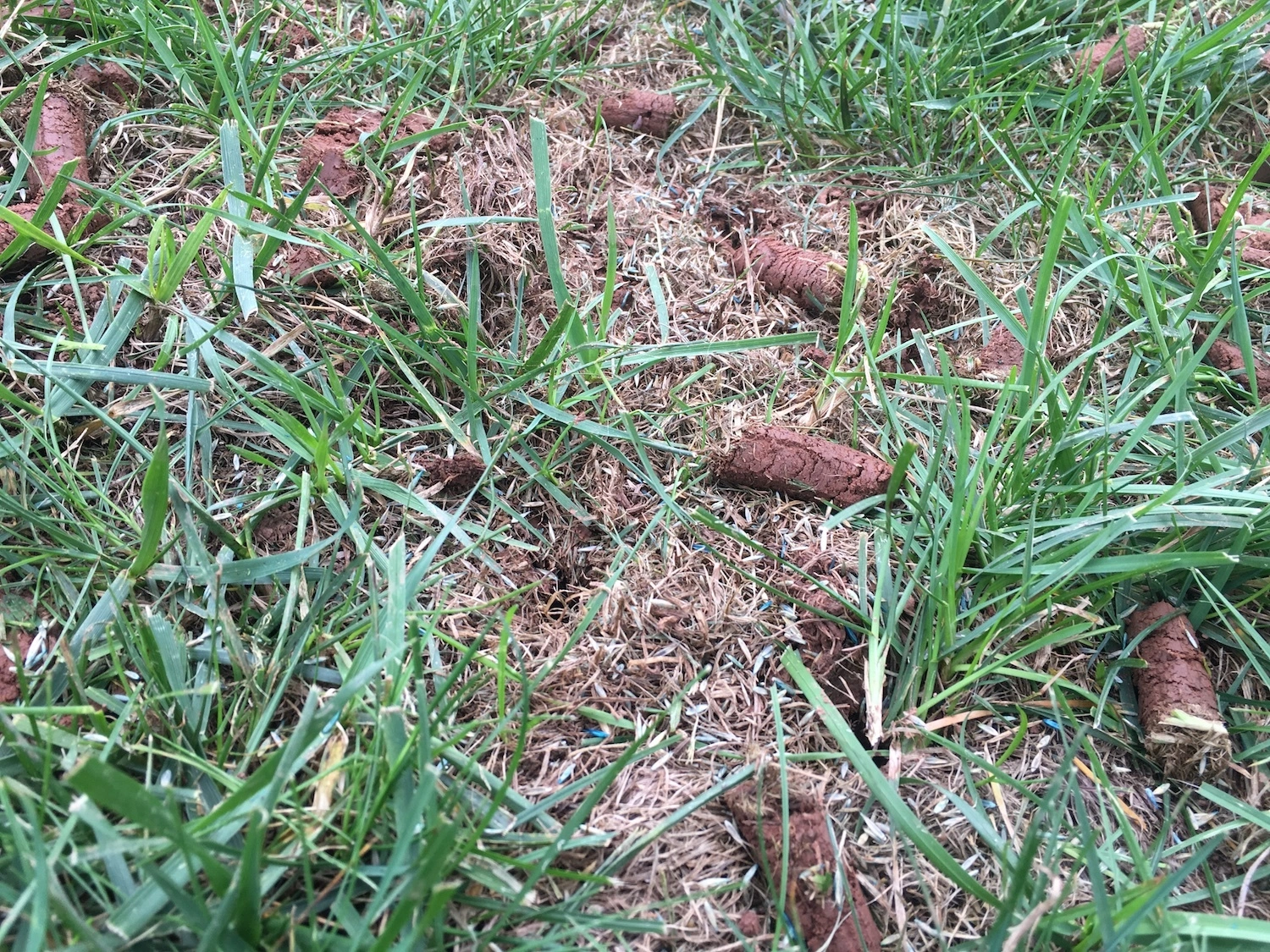
The trick with fall is avoiding planting seed too late in the year where frost or freezing temperatures will prevent its growth. Plant seed no later than late September/early to mid-October for best results.
Plant Seed Properly
When you’re going about how to fill in bare spots in grass, you have to do it correctly to ensure the process works.
Start by raking out any dead or matted turf. Then dig and loosen the soil a bit to prepare it for the seed. You want the seed to touch the soil. Next, scatter grass seed over the loosened soil and tamp it down.
Ensure Maximum Seed-to-Soil Contact
Scattering grass seed like you’re throwing rice at a wedding isn’t necessarily the best solution for how to fill in bare spots in grass.
The seed needs to be nestled in the soil so it can germinate.
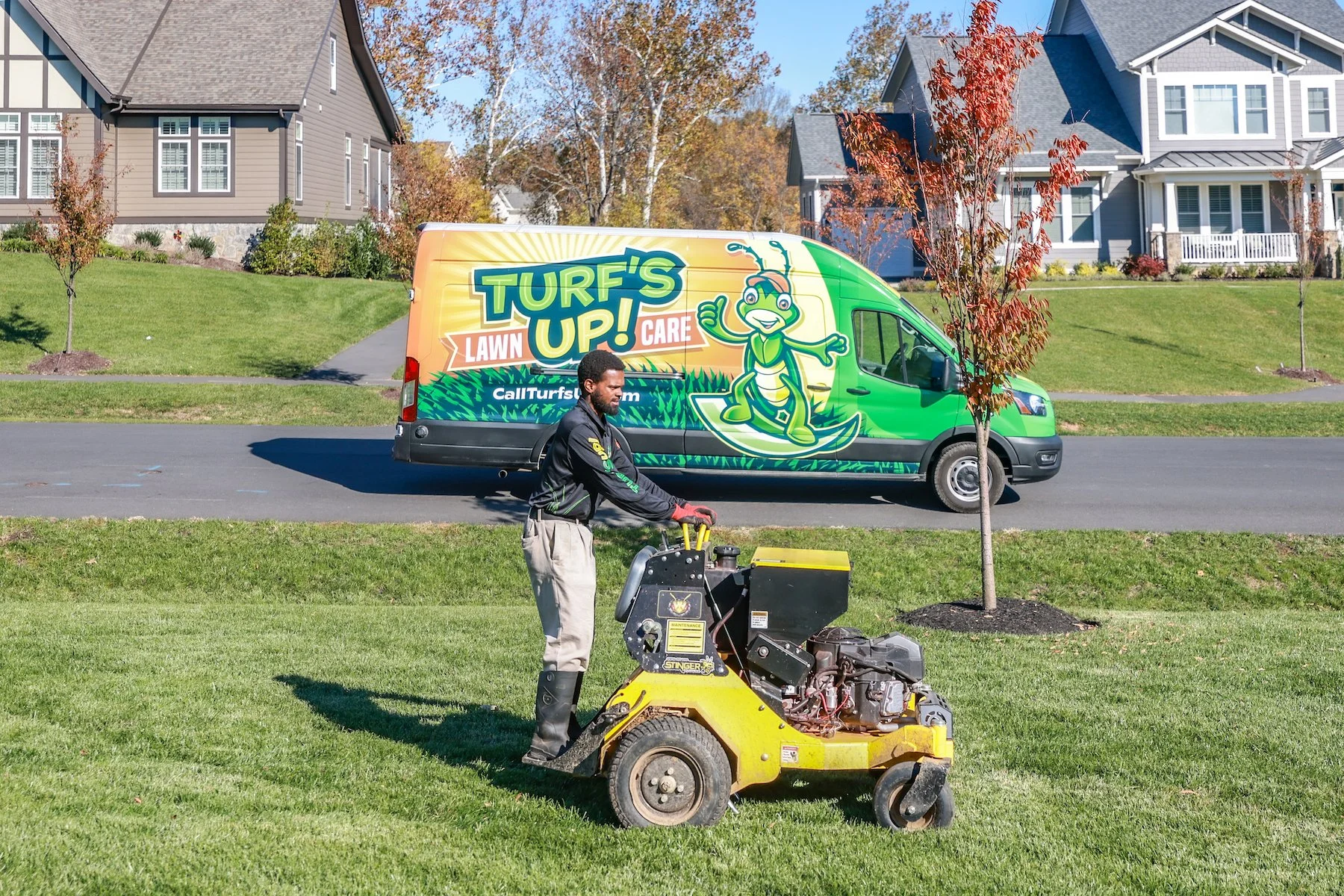
Since lawn aeration is best done in the fall months, this is the ideal time to also overseed your lawn and fill in open areas.
Lawn aeration is the practice of using a special machine called an aerator to pull soil plugs from your lawn and redeposit them. This process creates air pockets so grass roots can thrive and receive water and oxygen. Healthier roots make a thicker, healthier lawn. And a healthier lawn is more resistant to weeds, diseases, and drought and can fill in bare spots a whole lot easier.
Water New Seed Correctly
Once your lawn care professional is done aerating and overseeding, you want to saturate your lawn as soon as possible to keep it evenly moist. This is a crucial step in how to fill in bare spots in grass.
What does “saturate” mean? It depends on your soil type. If it’s heavy clay, it’ll take longer to saturate than sandier soil. This amounts to about one hour per section to get the water down an inch or two into the soil. The goal is to keep the seed moist, but not submerged, at all times.
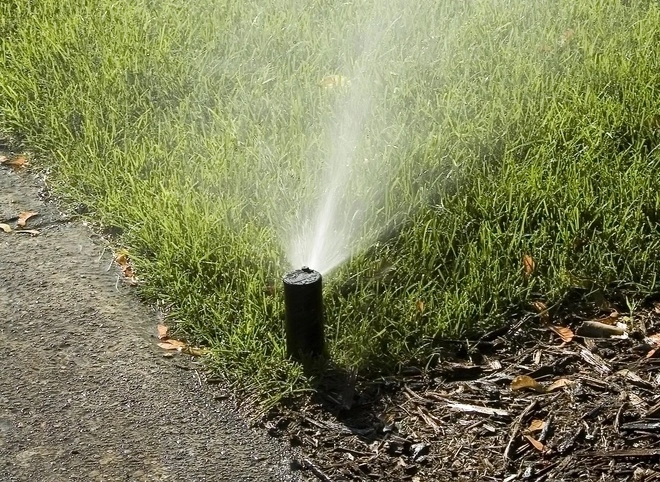
How often should you water? Weather conditions will guide you on this. If seed is drying out during the day and Mother Nature isn’t providing any additional rainfall, you’ll need a second watering each day to ensure consistent moisture until those seeds germinate, which takes about 10 to 14 days.
Once the seed germinates, you can reduce watering to once a day for 30 minutes each section until that lawn is established in those bare spots. Don’t forget this important step. Many people will water right away and until germination, but then they stop watering, thinking their job is done. You want to round out this watering schedule so those last seeds germinate and those tender new lawn shoots have a chance to grow strong.
If after aeration and overseeding, you water correctly, your germination rate on those seeds increases to 90 to 95 percent. That means you maximize nearly all the seed that was put down. You certainly don’t want to waste this valuable seed that can turn your lawn from bare to lush and full.
Enlist the Help of a Pro
As you’re trying to answer the question, “Will grass fill in bare spots on its own?” you should never feel ashamed to ask for some help.
It can be pretty challenging to try and correctly identify your lawn problems, especially when you see bare spots and you can’t figure out how to fill them in. We get it. Lawn care is a science. It takes proper timing and best practices to get it just right. And if you miss a beat – whether it’s because you are meeting deadlines at your full-time job or meeting the needs of care of your family – your lawn can suffer.
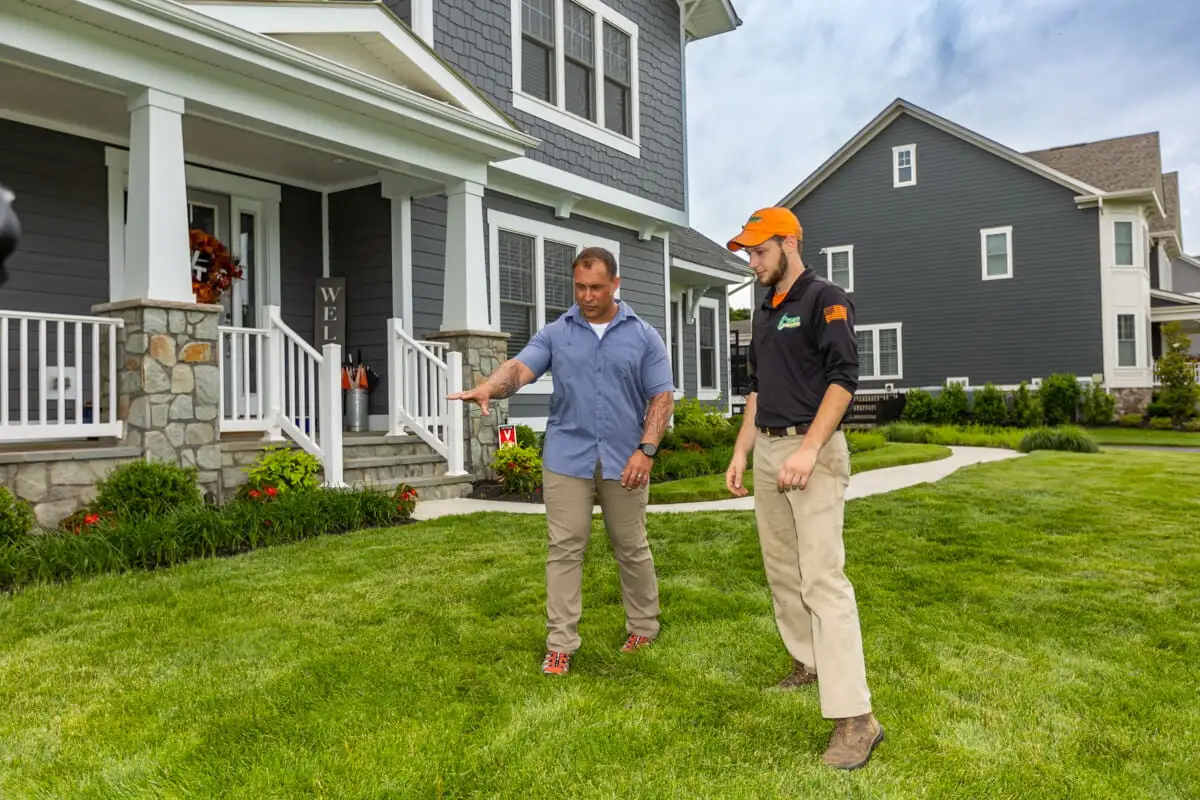
Hiring a professional to come in and assess your problems and provide solutions to address your bare spots can be just what you need to get your lawn back to its less-than-spotty self.
Get a Healthier Lawn And Leave Bare Spots Behind
Bare spots in your lawn can be frustrating. They make your lawn – and you – feel bad. We completely understand.
Try some of these tips to banish bare spots and get your lawn back to good health.
But if you find these tricks aren’t working for you, you may want to bring in some help.
Trust Turf’s Up. We know how to fill in bare spots in grass. We bring years of lawn care service experience and can help you solve your issues quickly, so you can spend time enjoying your lawn instead of constantly thinking about how the neighbors are talking about your bare spots and wondering why you can’t get rid of them.
We’ll take that embarrassment away by getting your lawn back to good health, so your lawn becomes the star of the street.
Ready to learn why Turf’s Up could be your totally awesome choice for lawn care services in Northern Virginia? We’re stoked to learn more about you and help you have the best lawn on the block. Get started today with a free quote. Together, we can prepare a customized plan that is perfect for you and your lawn.
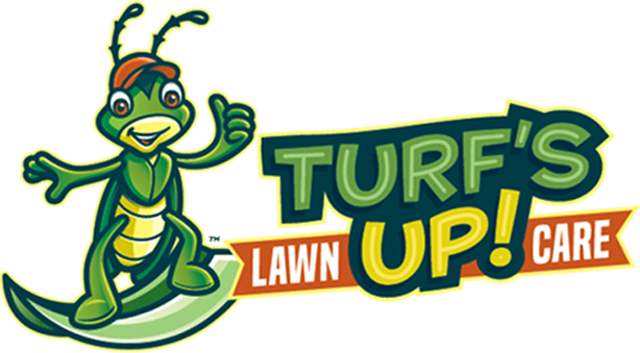
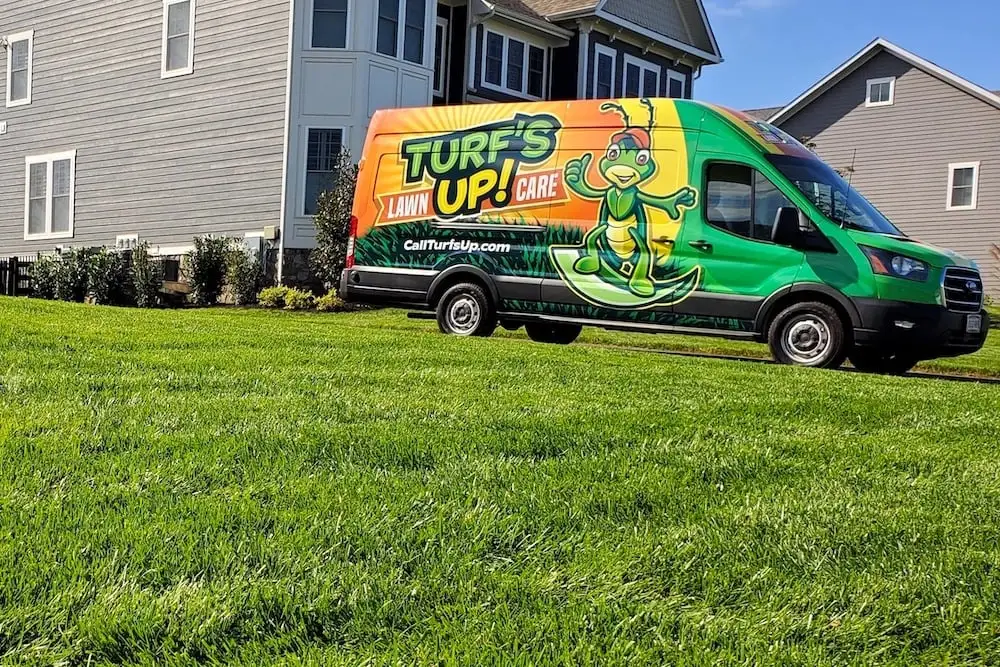




Comments (0)
Thanks for your comment!
Thanks for your feedback! Your comments have been successfully submitted! Please note, all comments require admin approval prior to display.
Error submitting comment!
There is a problem with your comment, please see below and try again.